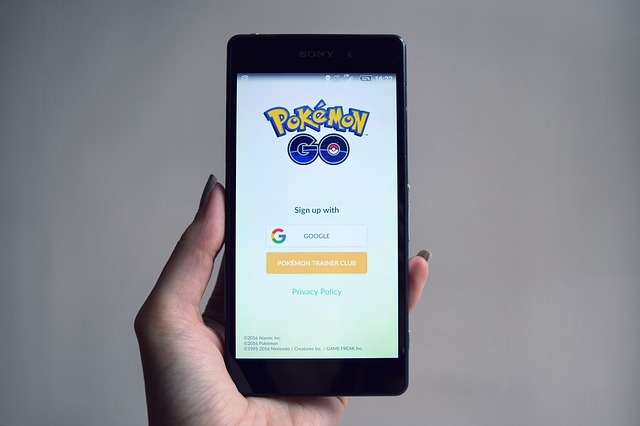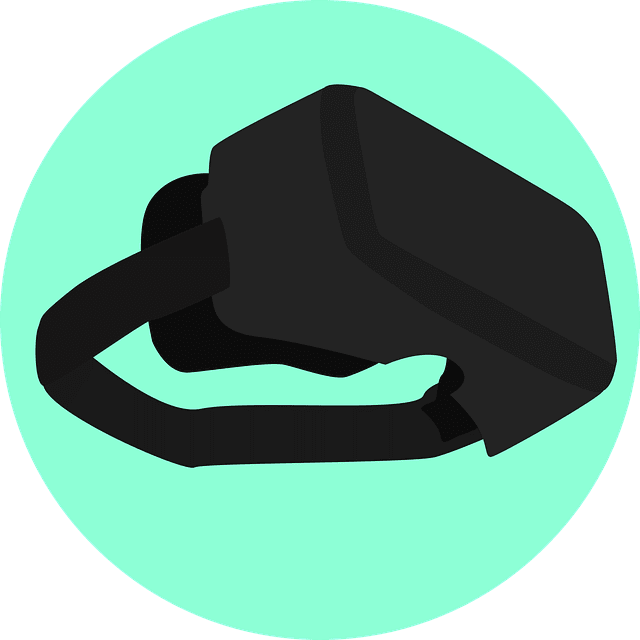The Kansas mountain that fifth-graders Logan Keen, Kaeson Kruger and Rylin Kirkwood built needed a name, so they called it Everest.
A white peak capped that red, rounded mount, with green and yellow bands marking the students’ beaches. For this manmade marvel, they trudged “earth” from the bottom of a deep and vast blue ocean — bound, in part, by the confines of the sandbox’s wooden cabinet but more so by the limit of their imaginations.
These were their creations in computer lab teacher Becky Smith’s augmented reality sandbox, a classroom-made project that brings the mountains, valleys and oceans of the world to Silver Lake Elementary School.
Using a wooden cabinet and augmented reality rig built by teachers and students in the district, students learn about topography, erosion and water flow using the rainbow-reflecting sand in the box.
More: Peep, peep, peep go the fluffy yellow marshmallows, and other egg lessons learned in Topeka-area schools
An old Xbox accessory, a projector and a shop class’s wooden cabinet
Smith had visited a few years ago the Downtown Topeka Arts and Craftsman Workshop, where she saw an augmented reality sandbox. She got permission to borrow it for her classroom.
The kids loved the project so much that Smith four years ago began exploring how she could get one for Silver Lake Elementary to call its own.
Similar, commercially made AR sandboxes are expensive and are mostly seen at science and children’s museums. That got Smith, the school’s computer lab manager, to ask: What if the school district made its own sandbox?
Putting it together was relatively easy. The Linux-based software needed to analyze and project different height levels on the sand was developed by UCLA and made free for teachers, Smith said, so all she needed were the materials.
More on education: This Topeka High sophomore’s graphic design talent is, quite literally, out of this world
A former student was getting rid of his Xbox Kinect — a motion- and depth-sensing camera for video games that researchers and educators have retooled for many other purposes — and the school already had a projector and a computer available, with the only other “big” purchase left being a graphics card to support the augmented reality processing.
Smith enlisted the help of the high school’s shop and technology class to create the wooden cabinet and install the software, and the school later bought the fine, reflective sand to serve as the AR sandbox’s “earth.”
“To purchase an AR sandbox would have been $6,000 or $7,000, but we made ours for just under $1,000,” Smith said. “Our school couldn’t have afforded one.”
Lessons on the earth
As Smith primed the fifth-grade computer lab students to use the AR sandbox on Monday, she briefly went over the rules — don’t throw the sand, keep it in the box and don’t argue with each other — before students rotated through in groups to build mountains, rivers and oceans.
She also taught them about water conservation and watersheds, explaining to the kids that they’ve seen real-life examples of these concepts at Perry Lake and the dam making the water body possible.
“We love bringing it out around Earth Day,” Smith said. “The students can actually make water features and see the water flow through the watersheds.”
Occasionally, the augmented reality simulation floods out, and Smith has to “drain” the simulation before students can keep building.
For subscribers: This Topeka USD 501 school has an in-house program to grow the next generation of teachers
But beyond the lessons on topography, watersheds and the environment, Smith said the AR sandbox has been a perfect way in its four years in her classroom to show students how science and technology can come together.
“We’re using technology to understand our knowledge of science,” Smith said. “I’m huge on coding, and I just really push for kids to learn computer languages as early as I can.”
As the first group of first-graders finished up their turn, they laughed as they thought on how their “Mount Everest” of the plains would tower over all the other hills in Kansas.
“We get to see how the Earth changes, and you can see how the hills, water level and sea level look like in the sand and on the screen,” Logan said.
“It’s fun,” Kaeson said. “It doesn’t even feel like learning.”
Rafael Garcia is an education reporter for the Topeka Capital-Journal. He can be reached at [email protected]. Follow him on Twitter at @byRafaelGarcia.



